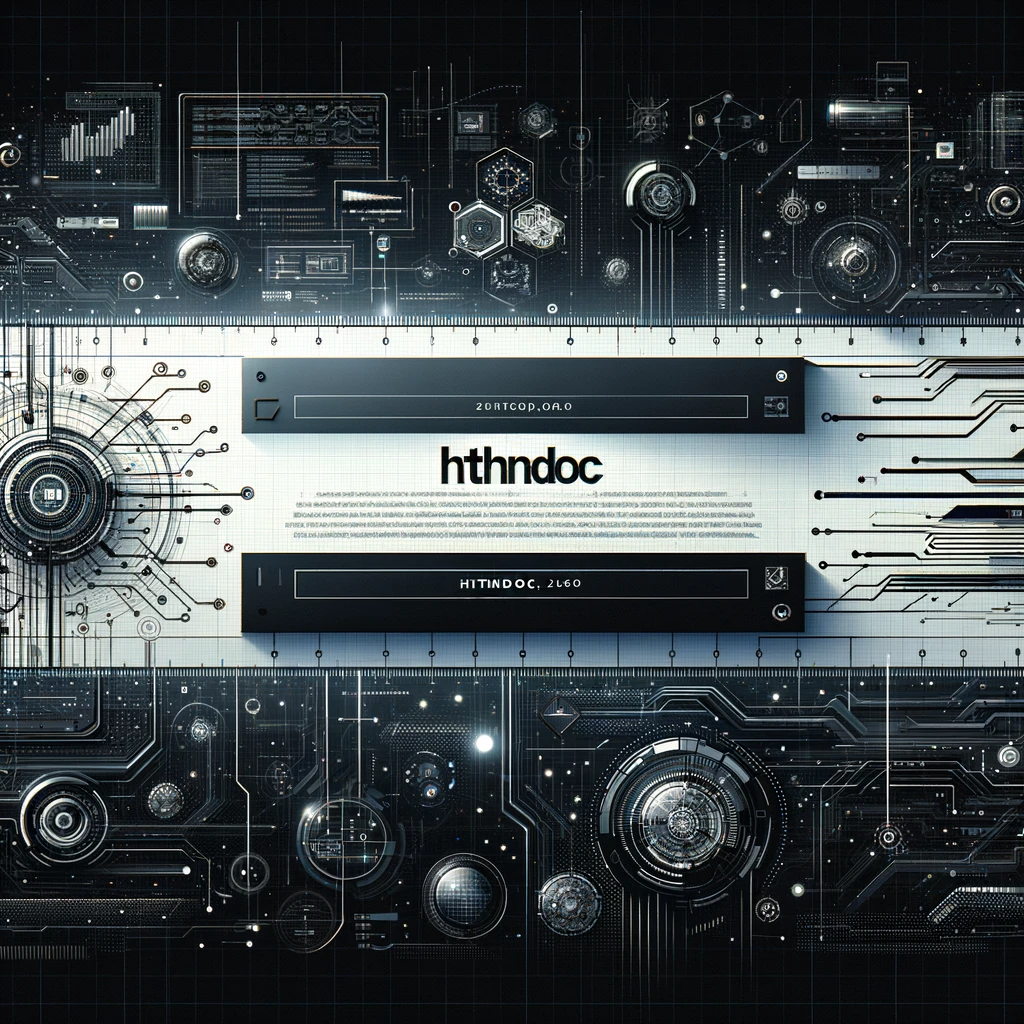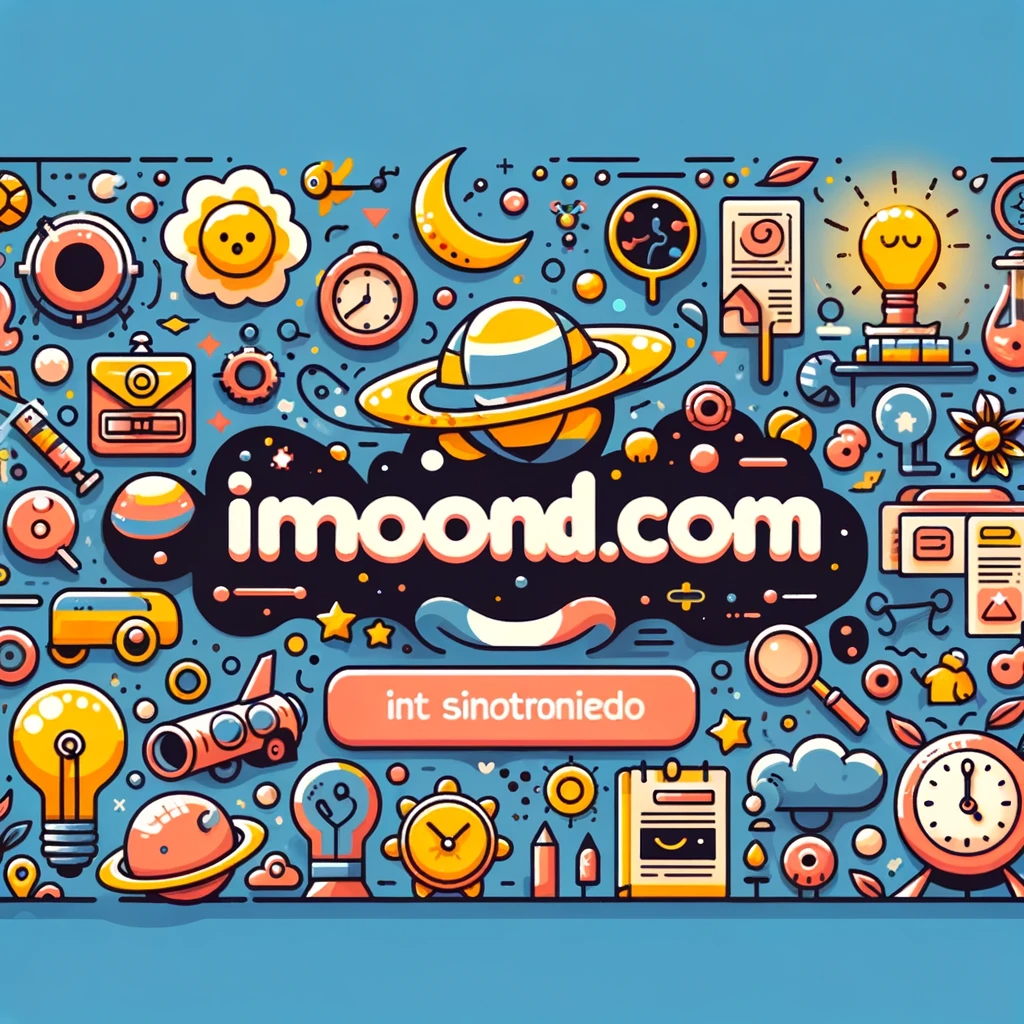The new continuous glucose monitor from Dexcom is a health technology device with a purpose
The Stelo CGM is designed to provide Type 2 diabetics who do not require insulin with a more affordable way to monitor their blood sugar levels. Unlike Type 1 diabetes, where a person produces little or no insulin, Type 2 diabetes is when the body either doesn't produce enough insulin over time or becomes resistant to insulin. Approximately 90-95% of all diagnosed diabetics have Type 2. However, if they control their glucose levels through oral medications rather than insulin injections, they usually do not have access to CGM devices.
"The way CGMs work in the US is that coverage is pretty good if you're on insulin, and that's about a third of the people with Type 2 diabetes," says Jake Leach, COO of Dexcom. "But there's this big portion of about 25 million people that don't have insurance coverage for CGMs, and there's not really a product designed for them."
According to Leach, the Stelo is based on Dexcom's existing G7 CGM platform and will last about 15 days per sensor. However, unlike a system that focuses on low blood sugar alerts, which is more useful for those using insulin, the Stelo app is intended to provide real-time reading information. In other words, this is not a device intended to save lives but rather to improve them.
For example, Leach says the goal is that through the use of Stelo, Type 2 diabetics who do not regularly check their blood sugar through fingerstick tests can have a better understanding of what their normal average blood glucose range looks like and what to do with this data. For instance, they might learn that pairing white rice with chicken and vegetables for dinner leads to a lower spike compared to eating rice on its own. Or that the same foods eaten before bedtime result in a less intense glucose response. Ideally, this would empower them to make smarter day-to-day decisions between doctor's visits.
It's similar to proposals from other CGM startups that promote the use of these devices for athletes or those who are extremely health-conscious. But while Leach sees opportunities for CGMs for non-diabetics, he says Dexcom chooses to focus on expanding applications for those with diabetes.
"Everyone I've talked to who has a CGM has learned something about their diet they didn't know and that was unexpected," Leach says. "CGMs are tools that can help you understand, but for them to be successful in helping people, they need to be designed specifically for that group."
Leach is correct. Last year, I tested the Nutrisense CGM, and while I certainly learned things about myself, there was no reason for me, a non-diabetic, to continue wearing it long-term. In the meantime, glucose technology at CES can be a wild mix without a clear direction. When I explore the show, not everyone has a good answer when I ask about regulatory certification, timing, who exactly this technology is intended to help, and what problems they are trying to solve.
That's why it's exciting to see that Stelo has a much clearer mission statement. Dexcom is a medical device company experienced in marketing this type of technology and collaborating with the FDA. Leach tells me that focusing on software in recent years has allowed Dexcom to release frequent updates to address user feedback and needs. Currently, Dexcom G6 and G7 connect to over 100 digital apps, and Leach says the plan is to ensure that Stelo also has a full ecosystem available.
The Stelo CGM is currently going through the FDA certification process, with plans to launch this summer. It is not a given that Type 2 diabetics will immediately embrace CGMs as a form of treatment. And while Leach says the doctors he has spoken with are supportive of this technology for Type 2 diabetics, we have yet to see how the medical community will integrate it (wearable device data, for example, is not always useful to doctors). Even so, the potential to have a positive impact on millions of underserved people is a noble endeavor. It's the kind of innovative spirit you want to see at CES.





